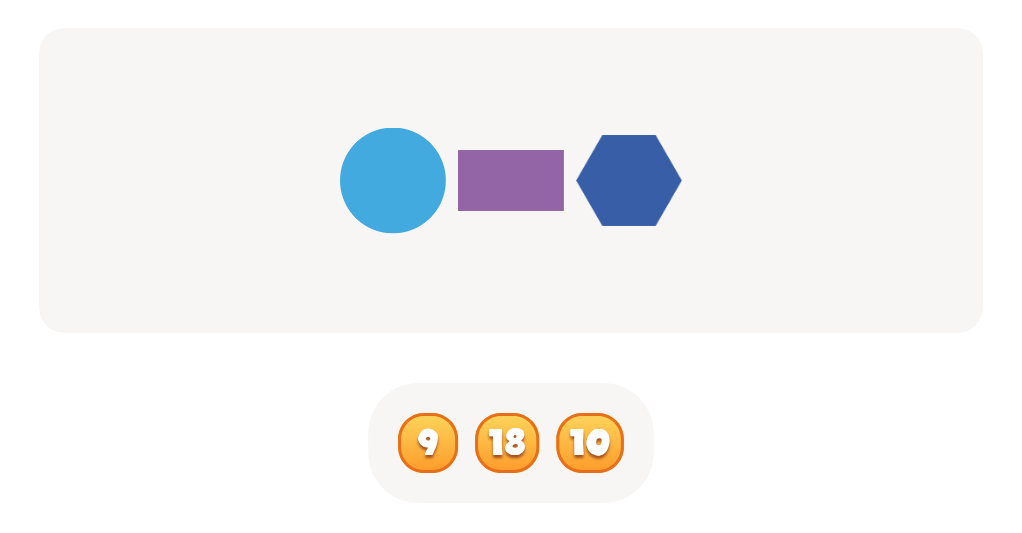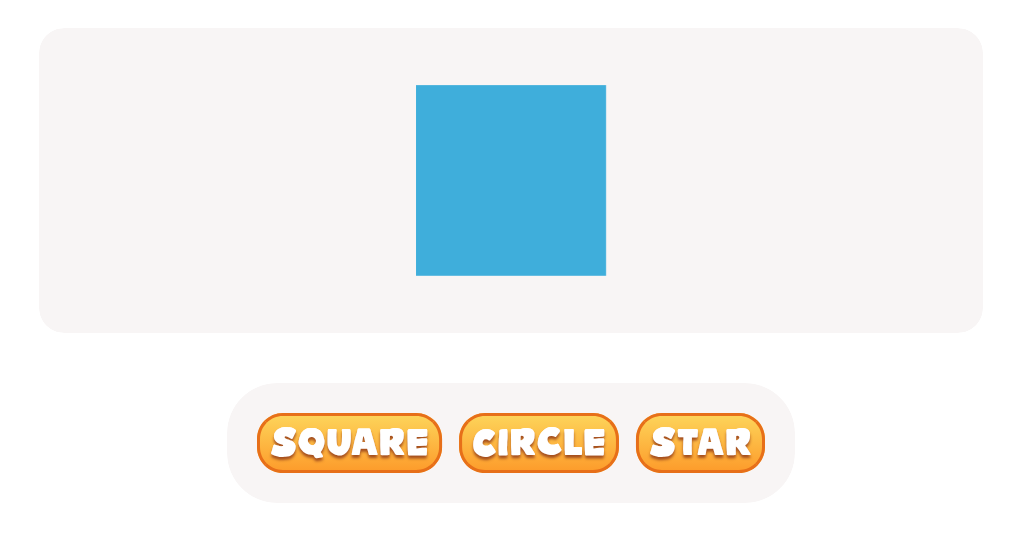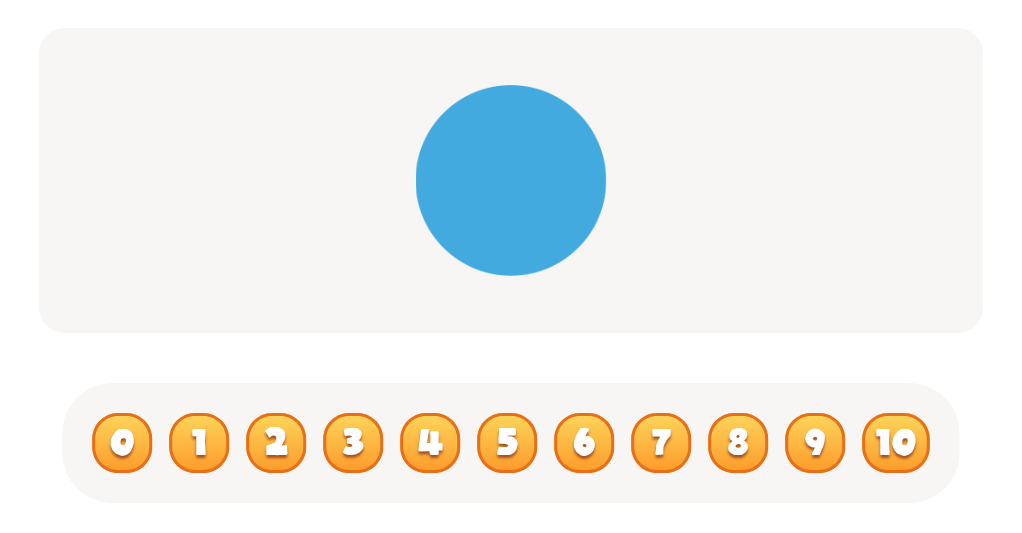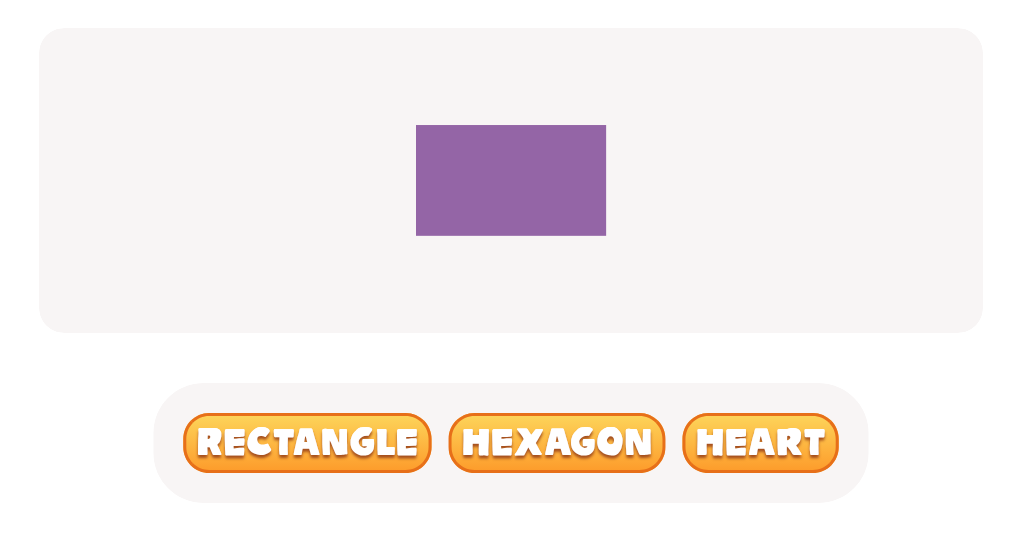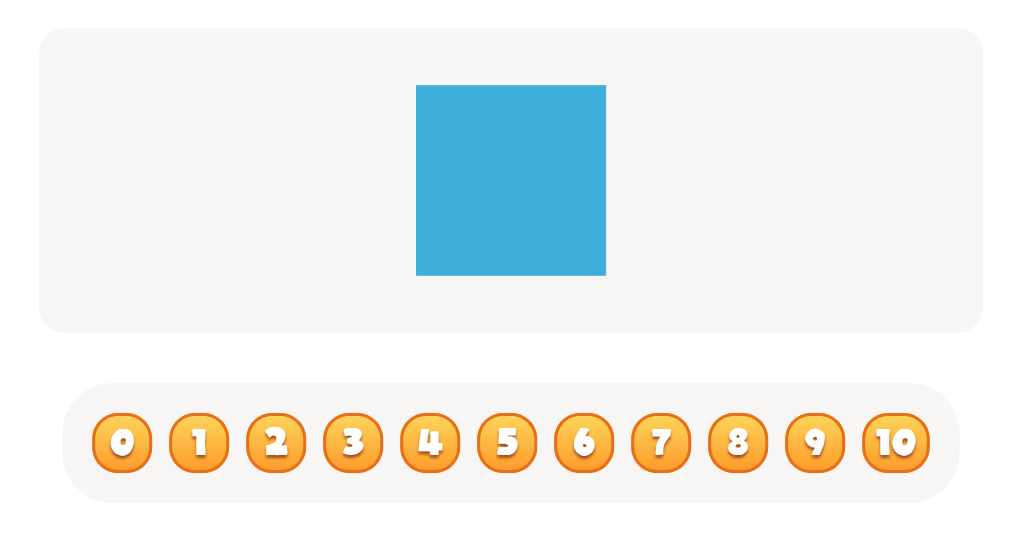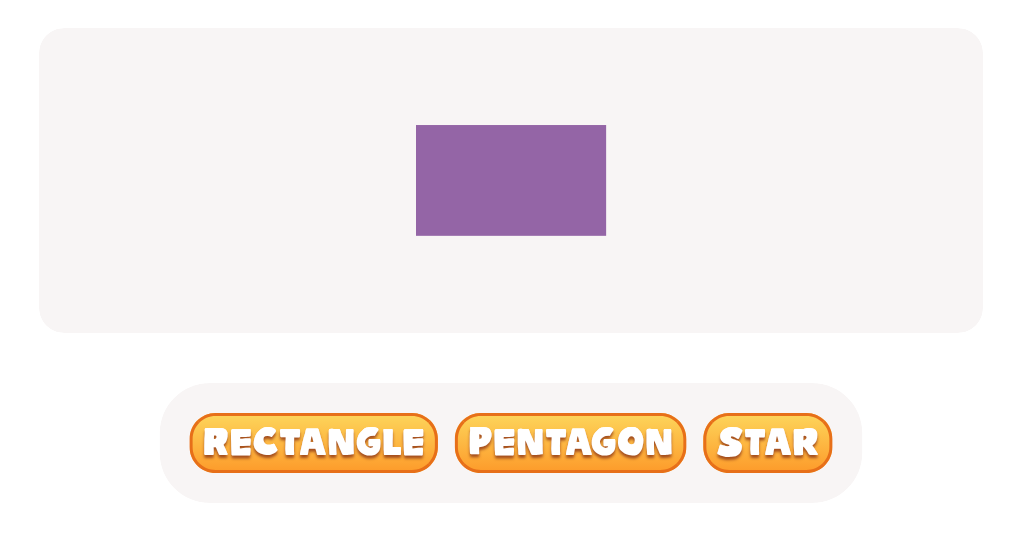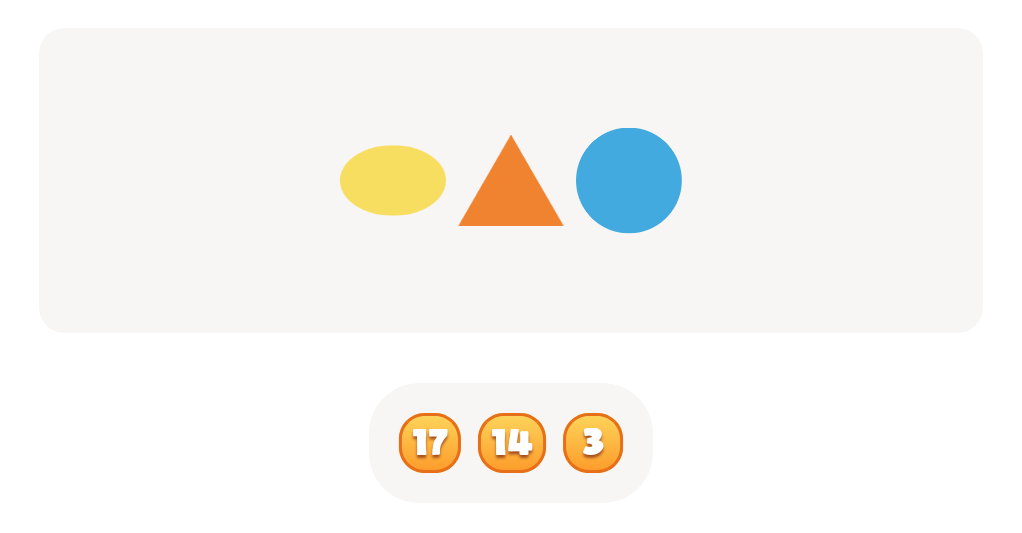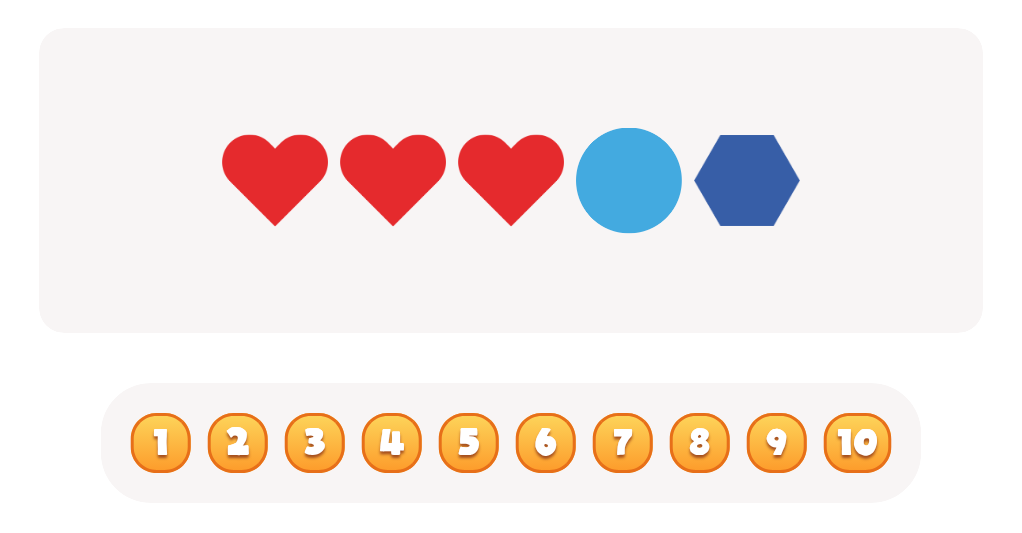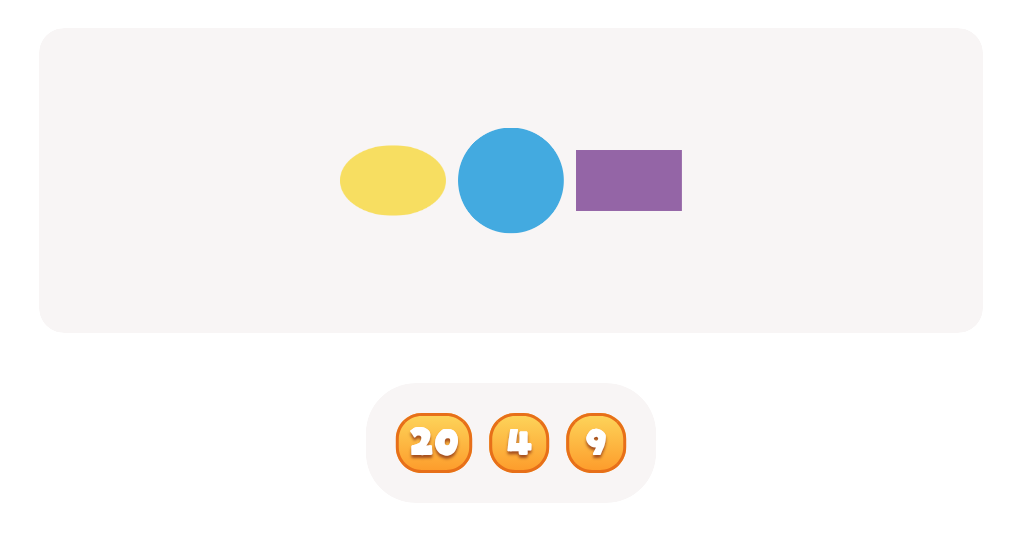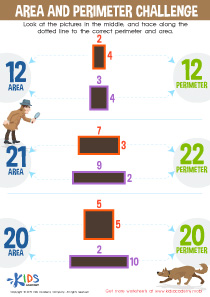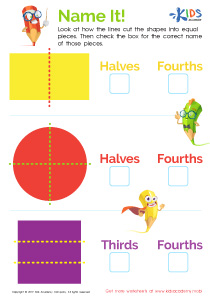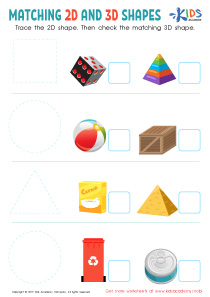Reading comprehension 2D Shapes Worksheets for Ages 4-5
4 filtered results
-
From - To
Discover our engaging "Reading Comprehension 2D Shapes Worksheets" designed specifically for ages 4-5! These worksheets are perfect for young learners to develop both reading skills and an understanding of basic two-dimensional shapes. Each activity combines fun illustrations and simple text, allowing children to identify and describe shapes like circles, squares, and triangles. By answering questions related to the shapes, kids enhance their comprehension while building essential vocabulary. Our worksheets aim to make learning enjoyable and interactive, fostering curiosity and creativity in early learners. Explore our resources and watch your child's confidence and understanding grow as they master shapes through reading!
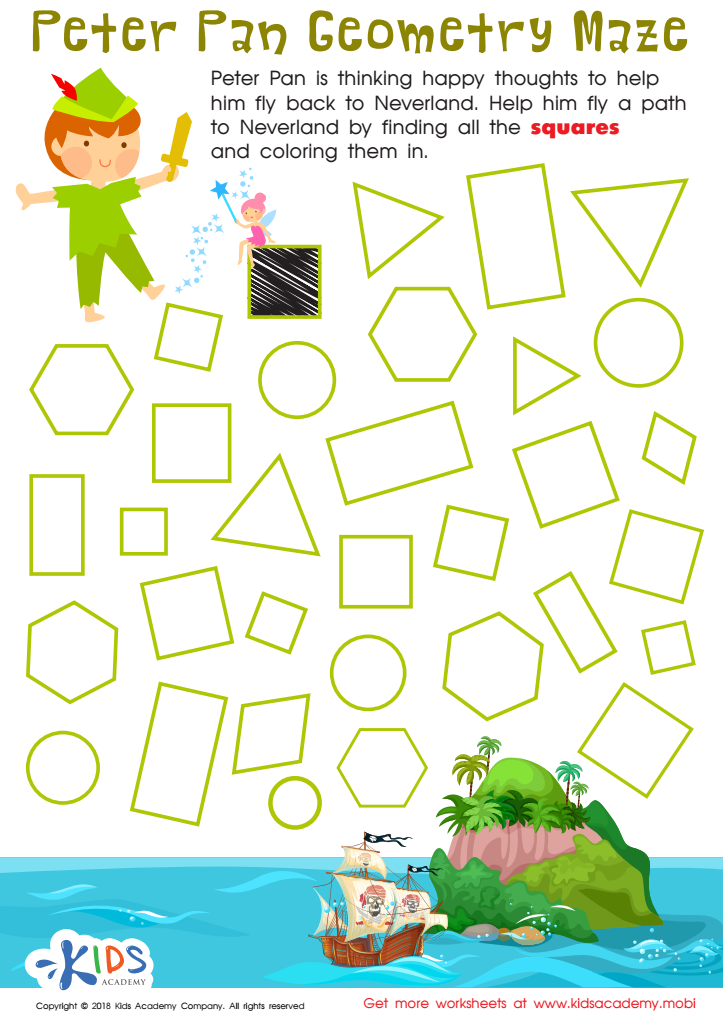

Peter Pan Worksheet
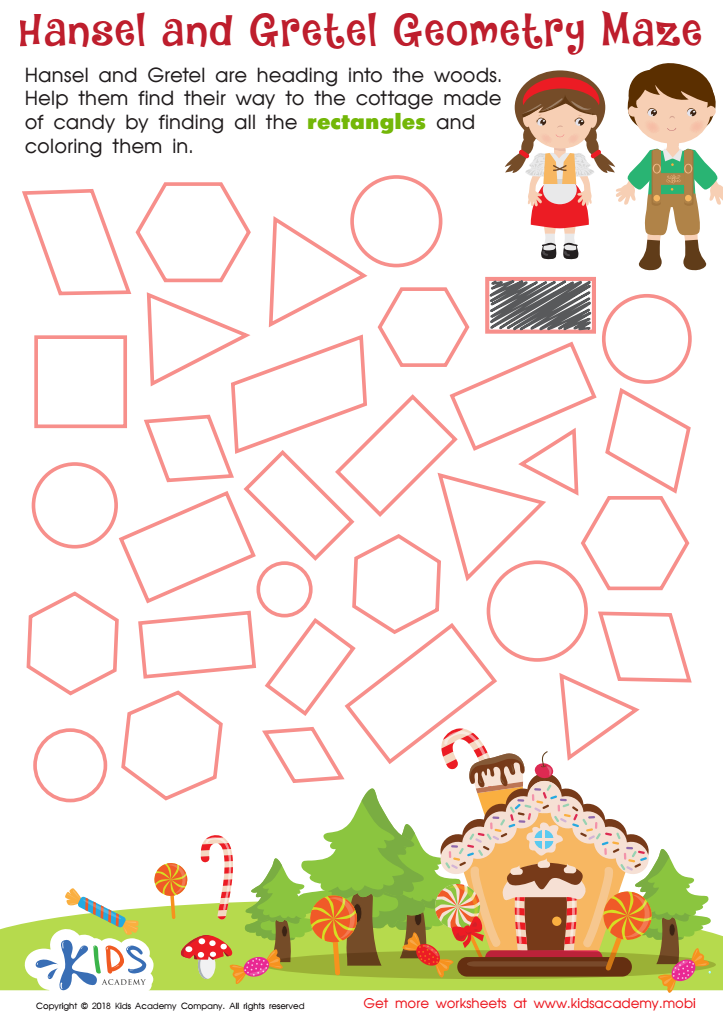

Hansel and Gretel Geometry Maze Worksheet


Geometry: part 1 Worksheet
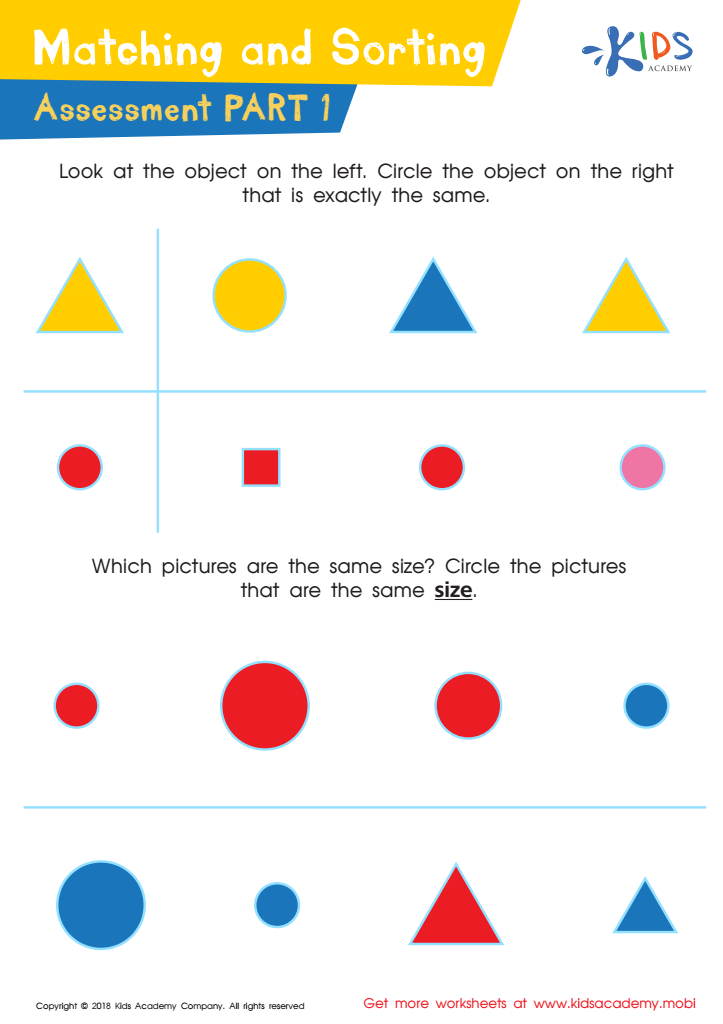

Matching and Sorting for Kindergarten: Assessment 1 Worksheet
Reading comprehension and understanding 2D shapes are fundamental skills that lay the foundation for a child's academic journey, particularly for ages 4-5. Parents and teachers should care about these skills for several reasons.
First, reading comprehension fosters language development, critical thinking, and the ability to communicate effectively. At this age, exposing children to stories and informational texts enhances vocabulary, improves comprehension skills, and encourages a love for reading. Engaging children in conversations about the content also fuels their ability to visualize and sequence information.
Equally important, recognizing and understanding 2D shapes is vital for developing spatial awareness and mathematical thinking. Mastering shapes helps children categorize and make sense of the world around them, which is essential in daily life. Moreover, identifying shapes lays the groundwork for more complex mathematical concepts, such as geometry, introduced in later years.
Combining reading comprehension with shape recognition creates holistic learning experiences. For instance, stories featuring shapes help children visualize and internalize concepts better. By nurturing these skills early on, parents and teachers equip children with essential tools to become confident learners prepared for future academic challenges, while also making learning enjoyable and interactive.
 Assign to My Students
Assign to My Students
